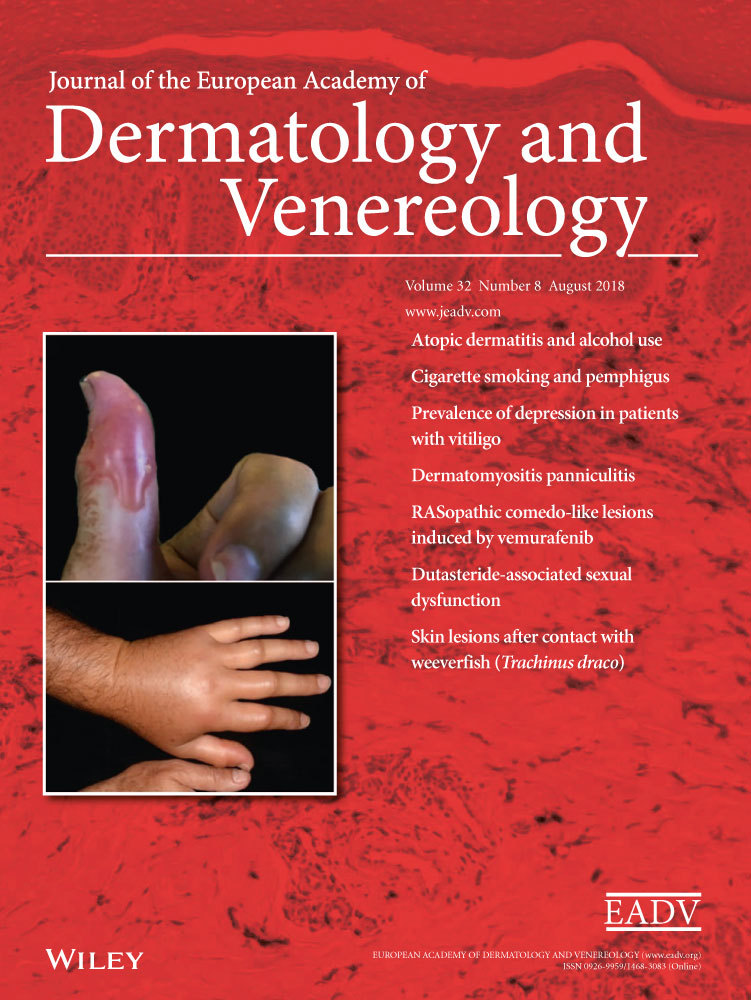Use of oral immunosuppressive drugs in the treatment of atopic dermatitis in the Netherlands
Conflict of interest
None
A statement of all funding sources that supported the work
This study was financially supported by Sanofi. The sponsor did not comment this article and had no right of final editing and/or approval of the manuscript submitted.
Abstract
Background
Although atopic dermatitis (AD) is a very common skin disease, data on the percentage of patients with really difficult-to-treat AD are scarce. From socio-economic perspective, it is important to have more insight into these numbers, as new very effective, but expensive, treatment options will be available in the near future for difficult-to-treat AD. Estimating the number of patients with AD using oral immunosuppressive drugs can give an impression of the percentage of difficult-to-treat patients in the total AD population.
Objective
To give an overview of the use of oral immunosuppressive drugs in patients with AD in the Netherlands.
Methods
Prescription data of oral immunosuppressive drugs in the Netherlands were extracted from a pharmaceutical database (NControl) containing data of 557 million prescriptions and 7.2 million patients. An algorithm, based on the WHO Anatomical Therapeutic Chemical (ATC) codes, was used to identify patients with AD. The prescription of oral immunosuppressive drugs in patients with AD between 1 January 2012 and 1 January 2017 was evaluated.
Results
Based on the algorithm, 65 943 patients with AD were selected. 943 patients with AD (1.4%) used cyclosporine A, methotrexate, azathioprine or mycophenolic acid. Methotrexate was most commonly used, followed by azathioprine and cyclosporine A. A switch in medication was rarely seen. In the evaluation period, a decrease in the prescription of cyclosporine A was seen, together with an increase in the prescription of methotrexate. In 31% of the patients who stopped treatment, the discontinuation took place within the first months of treatment.
Conclusion
In this study population, 1.4% of the patients with AD used oral immunosuppressive drugs for their eczema in a 5-year period. Methotrexate was the most commonly used systemic drug in the Netherlands for the treatment of AD.




